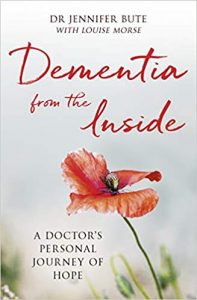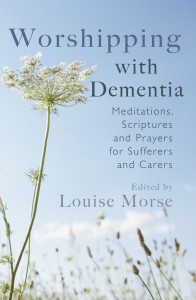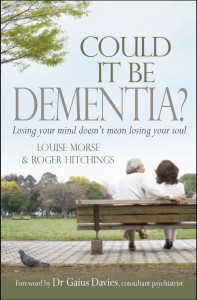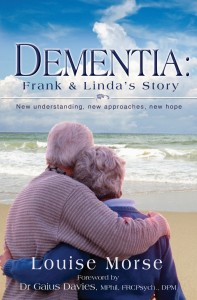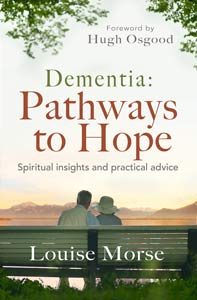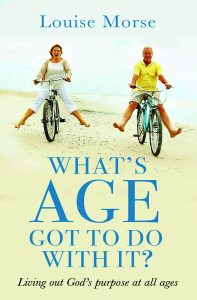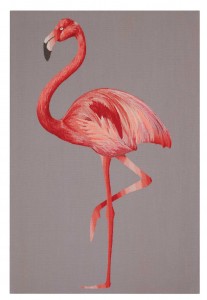
It’s not normally something most of us do. But, according to researchers at Kyoto University, if you can’t balance on one leg you may need medical attention. They asked 1,400 people aged 50 and over to balance on one leg with their eyes open, and the other leg off the ground. They were then given MRI scans to look for damage to small blood vessels in the brain.
They found that a third of those whose scans showed more than two ‘silent strokes’, or micro bleeds could not balance on one leg for 20 seconds, compared with around one in ten of those with no damage.
They also found that people who could not balance well scored poorly on cognitive tests assessing the risk of dementia. Kyoto’s lead researcher, Dr Tabara, said doctors could use standing on one leg in checks for frailty in older people.
Clare Walton, of the Alzheimer’s Society said, dryly, ‘As this study doesn’t take into account physical fitness or mobility, it is hard to make any conclusions about what standing on one leg says about the health of your brain.’[i]
Well, that’s good then. If you live in England and you’re over 65 you’ll be amongst those GPs have been asked to discreetly assess for dementia, leading to a suggestion that you might like to take the test. But at least you won’t be asked to stand on one leg.
However, there’s other research showing why the ability to stand on one leg is an indicator of cerebral health.
It’s been compiled by the MRC’s Unit for Lifelong Health and Ageing, based at University College, London.[ii]
According to their reckoning, a 53-year-old man who can hold the ‘flamingo pose’ with his eyes closed for 10 seconds has a greater life expectancy than the man who topples over.
Based on studies that started in 1946, the faller-over is 12 times more likely to die in the next 13 years than the chap who remains upright past the 10-second mark.
Getting up from a chair
Another test involved sitting in a chair, and then seeing how many times you can stand up and sit down again in the space of a minute. Men with the lowest risk of early death performed more than 39 of the movements in the time given, while the worst managed 22.
Getting up from a chair uses your core muscle group – muscles in your pelvis, lower back, hips and abdomen that work in harmony. Most physical activities depend on having stable core muscles. And balance and mobility are important in all of us, but especially those who are growing older.
Time to practice standing on one leg, perhaps, and getting up from a chair rapidly for a few moments each day. Because balance is important at any age, but especially in old age when a fall could have serious consequences.
The answer is to exercise, of course. Even quite frail elderly can do appropriate exercise. It’s among the activities at all of our care homes. But the important thing is to start now.
[i] The Times, Friday December 19, 2014









